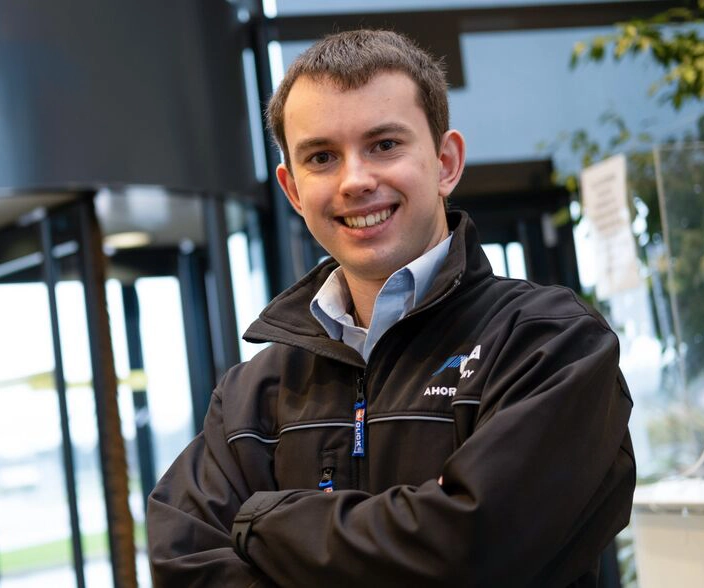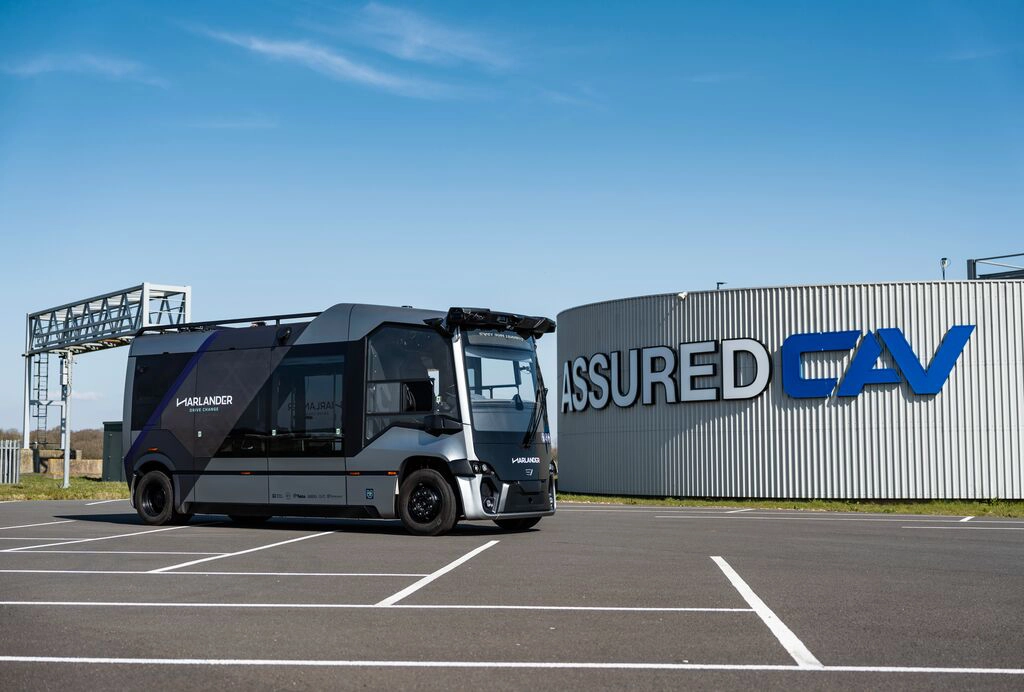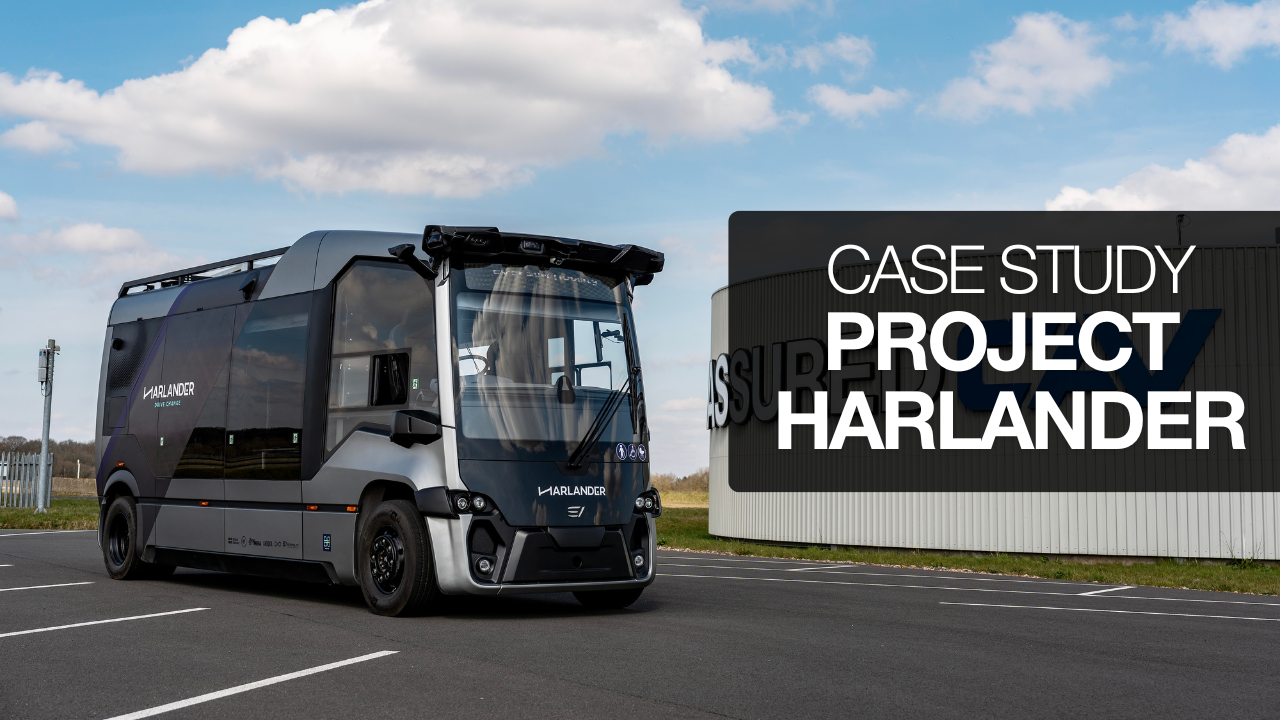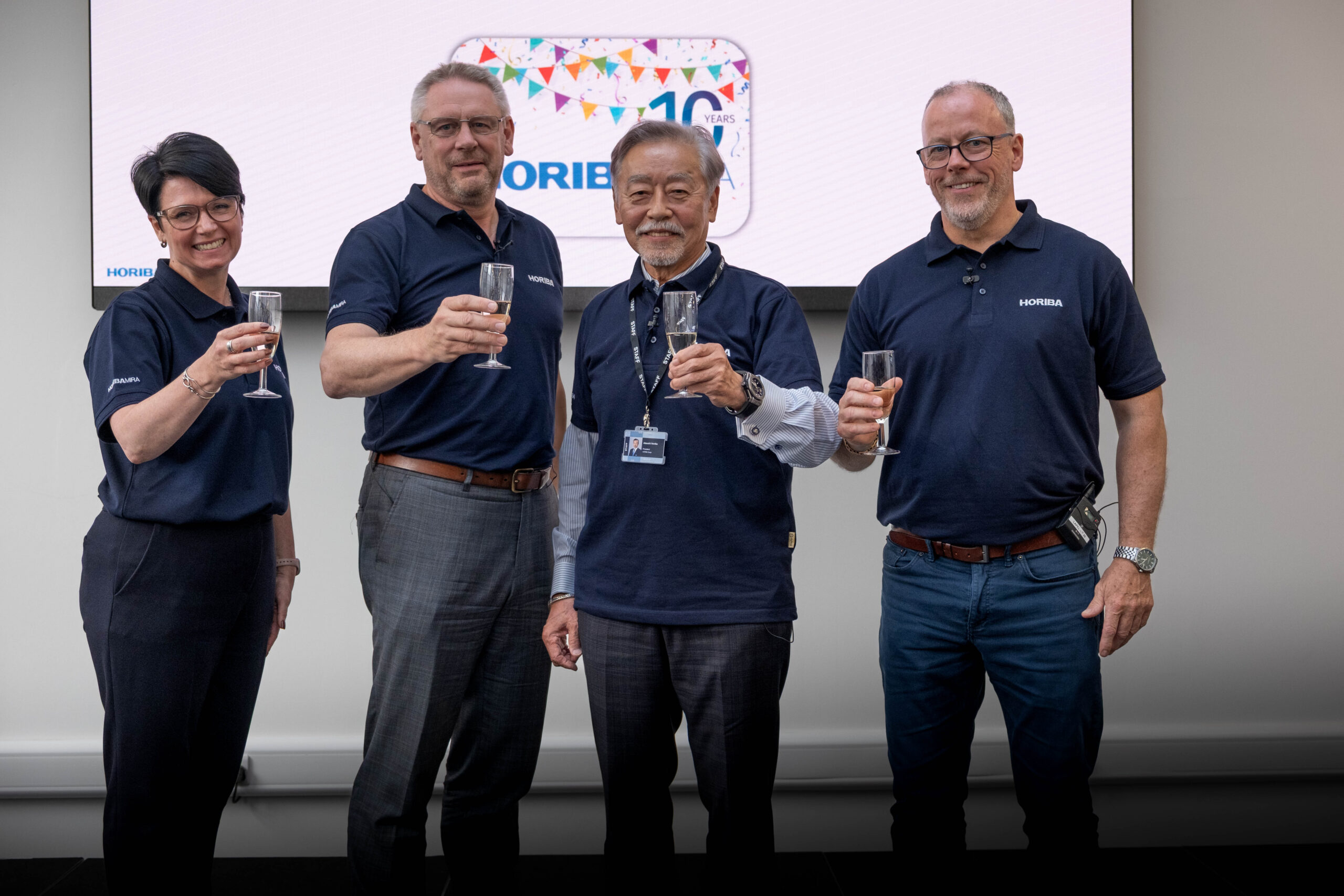Delivering Real-World Autonomy: Why the Harlander Trial Matters
By Michael Orgill, Project Engineer, HORIBA MIRA
It’s been a rewarding experience supporting the Harlander connected and automated vehicle (CAV) shuttle trial in Belfast Harbour, a landmark project that brings together technology, collaboration, and real-world deployment to advance the UK’s smart mobility future.

At HORIBA MIRA, we’ve spent years developing the safety frameworks and engineering expertise required to unleash automated vehicles beyond the controlled environment of a test track, and out into the big wide world, such as the complex urban environment of Belfast Harbour. The Harlander trial marks an important step forward, not just for us, but for the UK.
Why this trial is significant
What makes Harlander stand out is its real-world deployment. This isn’t a closed-campus trial: it’s an automated electric shuttle operating in a live port; interacting with workers, infrastructure, and real-world non-stop logistics operations. This is the kind of environment where autonomy needs to prove its value, not just in terms of technology, but also in terms of safety, trust, and integration.
The Harlander trial demonstrates how connected and automated vehicles can support decarbonisation and improve efficiency in both industrial and public transport settings. Ports like Belfast Harbour are ideal early adopters of CAV technology: predictable routes, mixed-use traffic, and a strong appetite for innovation.
What makes this even more significant is the collaborative approach, bringing together partners like Belfast Harbour, HORIBA MIRA, and Oxa, supported by the Centre for Connected and Automated Vehicles (CCAV) and Innovate UK. It’s a brilliant example of how the public and private sectors can come together to trial sustainable transport solutions.

Developing the Safety Case: Our approach
Deploying autonomy in a live environment comes with its challenges, the safety case being one of the most critical.
At HORIBA MIRA, we take a rigorous, traceable, and quantitative approach to CAV safety. For the Harlander project, we developed a detailed sample safety assurance case that addressed:
- Operational Design Domain (ODD) analysis – assessing the limits and context of where the vehicles could safely operate within the port.
- Hazard and risk assessments – identifying and mitigating potential hazards of a technical, operational, and human-factors nature.
- Fail-safe and fallback behaviours – ensuring that the shuttles could respond safely to unusual or unexpected scenarios and achieve a safe state (this is known in the industry as a Minimum Risk Condition, or MRC).
- Cybersecurity and V2X reliance – accounting for connectivity risks and ensuring safe behaviour even if communication is lost with nearby infrastructure.
Of course, you can’t make claims about safety without evidence! Indeed, one of HORIBA MIRA’s highest impact contributions to the safety case compilation activity was the multiple weeks of testing which took place in September 2024; we designed all the scenarios, informed by our analysis to-date, and then executed them on our world-class ASSURED CAV test facilities.
What’s next?
Harlander has turned theory into reality and gives a strong signal that the UK is well positioned to lead the connected and automated mobility revolution.
As engineers, it’s rewarding to see these systems operate where they’re needed most: not just in testbeds, but in the real world, serving real people and fulfilling real use cases.
I’m proud of the role that HORIBA MIRA has played in pioneering CAV safety assurance and I look forward to seeing how projects like Harlander scale up across other industrial and urban settings both in the UK and internationally.
If you’d like to learn about the Harlander project, find out more here: https://www.horiba-mira.com/harlander-connected-and-autonomous-vehicle-shuttle-trial-belfast-harbour/









